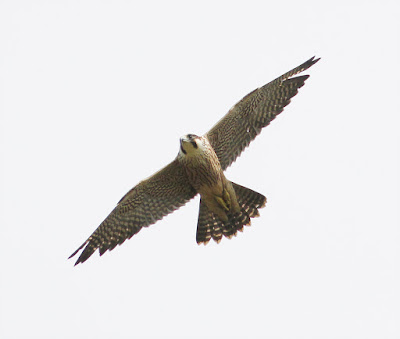Tuesday and the wind had changed direction from the recent Siberian blast to an almost balmy north-easterly of 8 mph. Even the temperature picked up to 0.5° at 0630 but the wind chill made it feel more like minus 15°.
I’d met up with Andy at Oakenclough for a ringing session. Andy still sported a tan from his week in Abu Dhabi but there was no tee shirt or shorts to be seen.
On our last visit here on 7th March, Another Bird Blog, we caught the first handful of Siskins and Lesser Redpolls of 2018, so we hoped to improve on this. However it was not to be as the wind soon picked up to 15 mph to truncate the already quiet session.
We ringed just 11 birds – 3 Lesser Redpoll, 2 Siskin, 2 Blue Tit, 1 Chaffinch, 1 Blackbird, 1 Great Tit, 1 Goldfinch.
Siskin
Lesser Redpoll
Chaffinch
Other than the finches, there was little evidence of migration with “other” birds seen limited to local inhabitants; 6 Oystercatcher, 2 Buzzard, 3 Pied Wagtail, 3 Mistle Thrush, 1 Grey Wagtail, 1 Raven, 1 Great-spotted Woodpecker.
The early finish allowed a leisurely drive back over the moss roads where I came across 6 circling Buzzard and 1 Kestrel. Skitham Lane saw 16+ Ruff on a still flooded field some 500 yards from the road but in an isolated and unapproachable field.
I stopped at Gulf Lane, Cockerham to see how many of our wintering Linnets are still around to find just thirty plus, a figure that suggests there may be no more ringing opportunities. Hopefully the 237 Linnets ringed this winter will provide information on their whereabouts at later dates.
Thanks to one of my readers I discovered that today March 20th 2018 is World Sparrow Day celebrating the relationship between humans and sparrows. There are over 40 species of sparrow in the world.
You can join in World Sparrow Day at World Sparrow Day
Read all about sparrows of the world at wikipedia.
Tree Sparrow
House Sparrow
More soon, maybe even sparrows at Another Bird Blog.
Linking today to Eileen's Saturday and Stewart's World Bird Wednesday.
Linking today to Eileen's Saturday and Stewart's World Bird Wednesday.


















































































